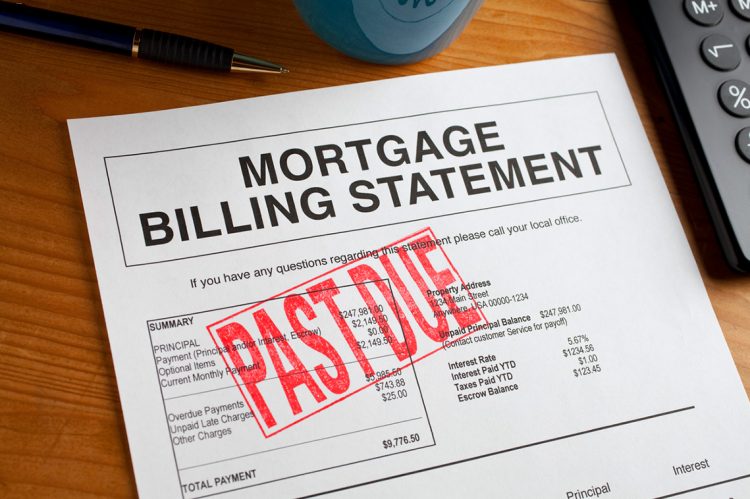The total number of loans now in forbearance remained at 0.7% from November to December 2022, as stated in a new report from the Mortgage Bankers Association (MBA).
According to the MBA’s latest monthly Loan Monitoring Survey, 350,000 homeowners are in forbearance plans. The share of Fannie Mae and Freddie Mac loans in forbearance decreased 1 basis point to 0.31%. Ginnie Mae loans in forbearance decreased 1 basis point to 1.45%, and the forbearance share for portfolio loans and private-label securities increased 3 basis points to 1%.
Key highlights:
- By stage, 37.9% of total loans in forbearance are in the initial forbearance plan stage, 49.3% are in a forbearance extension, and 12.8% are forbearance re-entries (including re-entries with extensions).
- For forbearance exits from June 2020, through December 2022, 29.6% resulted in a loan deferral/partial claim, 18.1% continued to make their monthly payments, 17.4% did not make all of their monthly payments and exited without a loss mitigation plan in place, 16% were in loan modification or trial loan modification, 10.9% were in reinstatements, 6.6% had loans paid off through either a refinance or by selling the home, and the remaining 1.3% had repayment plans, short sales, deed-in-lieus or other reasons.
- Total loans serviced that were current (not delinquent or in foreclosure) as a percent of servicing portfolio volume remained the same from November to December at 95.69% (on a non-seasonally adjusted basis).
- The five states with the highest share of loans that were current as a percent of servicing portfolio were Washington, Idaho, Colorado, Utah and Oregon.
- The five states with the lowest share of loans that were current as a percent of servicing portfolio were Louisiana, Mississippi, West Virginia, Indiana and New York.
- The share of loans that were current declined in 31 states compared to the previous month.
- Total completed loan workouts from 2020 and onward (repayment plans, loan deferrals/partial claims, loan modifications) that were current as a percent of total completed workouts decreased from 76.89% in November to 75.92%.
Major takeaway:
“For three consecutive months, the forbearance rate has remained flat — an indicator that we may have reached a floor on further improvements,” said Marina Walsh, CMB, MBA’s Vice President of Industry Analysis. “New forbearance requests and re-entries continue to trickle in at about the same pace as forbearance exits. The overall performance of servicing portfolios was also flat compared to the previous month, but there was some deterioration in the performance of Ginnie Mae loans.”
Added Walsh, “Forbearance remains an option for struggling homeowners and its usage may continue, especially if unemployment increases as expected. MBA is forecasting for the unemployment rate to reach 5.2 percent in the second half of 2023, up from its current level of 3.5 percent.”
For the full report, visit www.mba.org/loanmonitoring.












